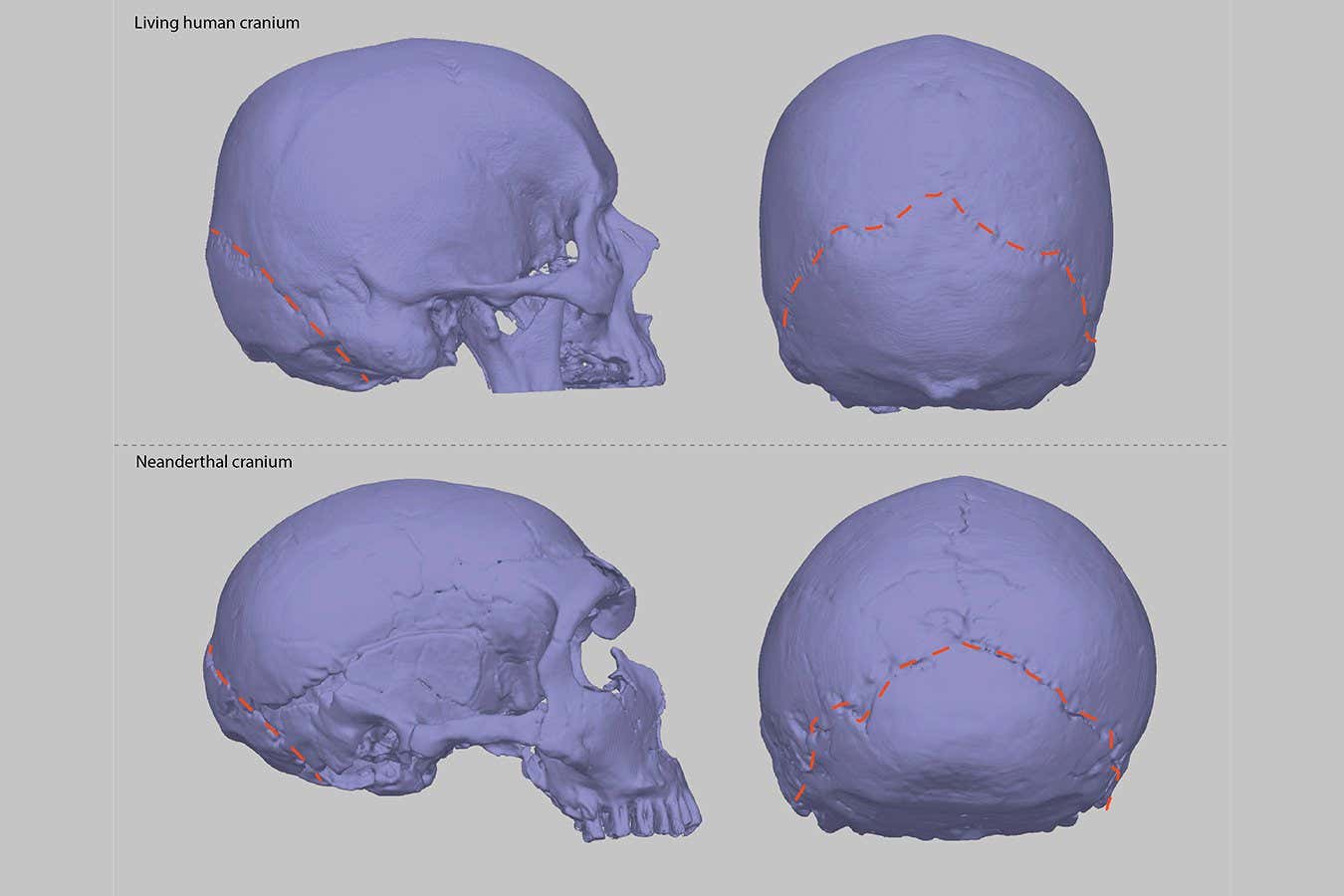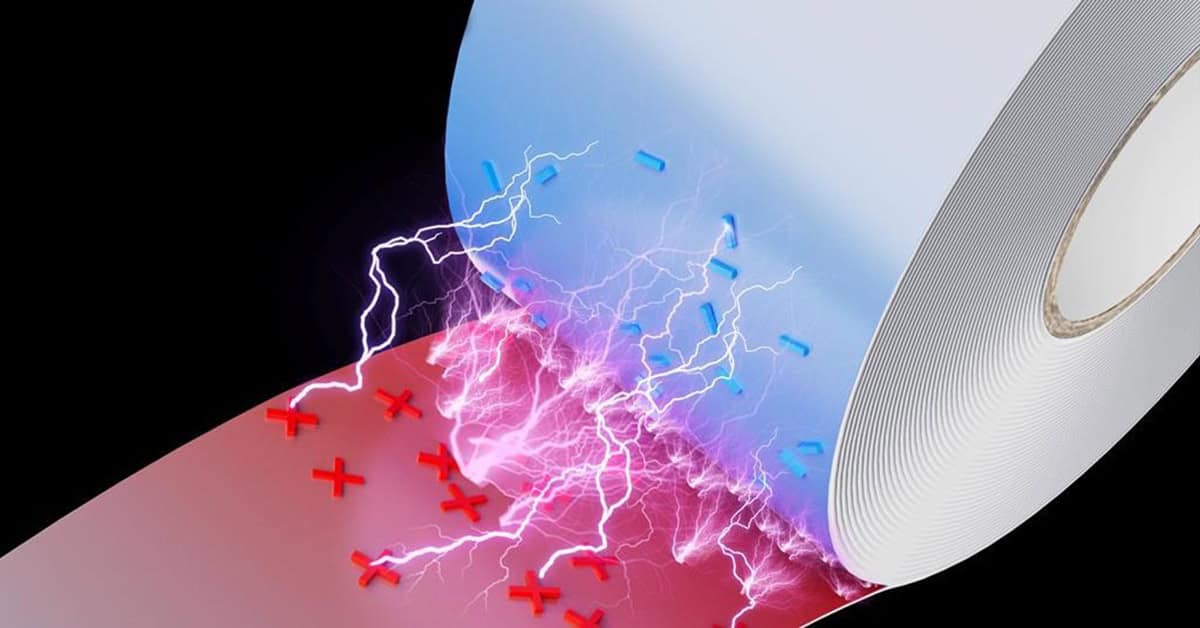A new study shows that gene therapy can significantly improve hearing in both children and adults with congenital deafness caused by mutations in the OTOF gene.
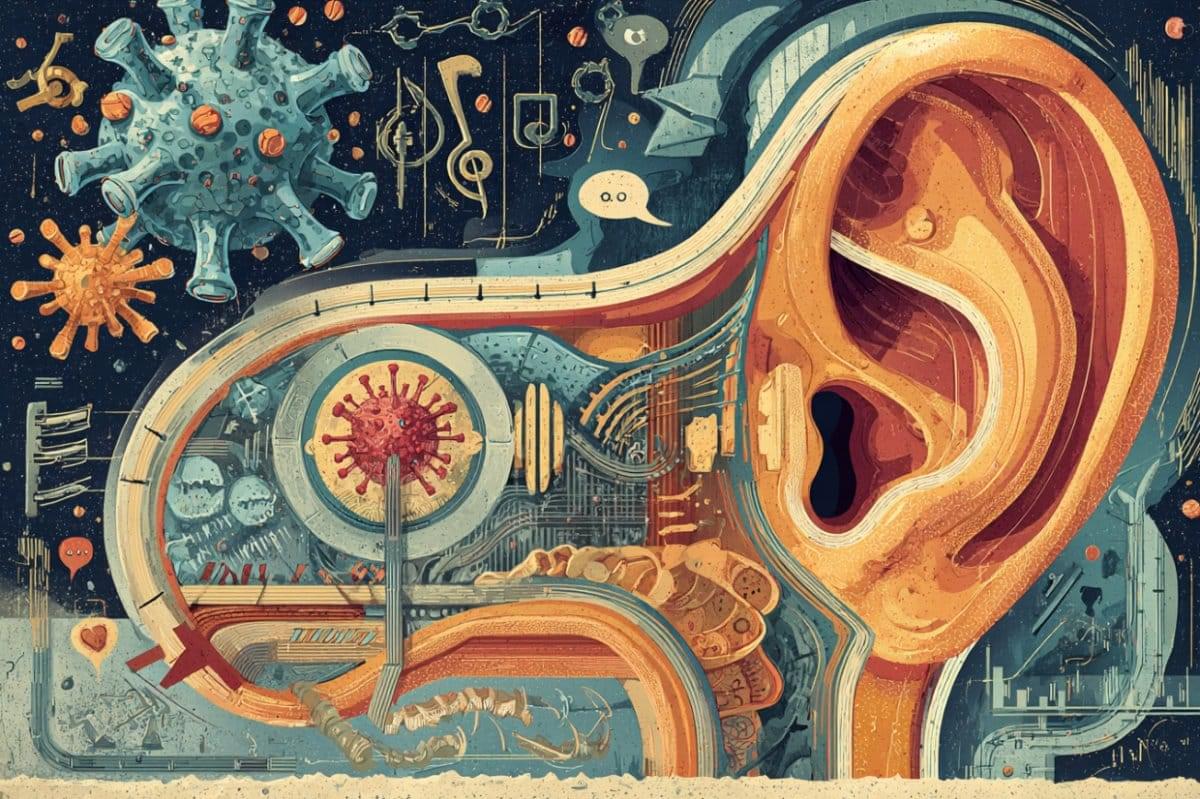

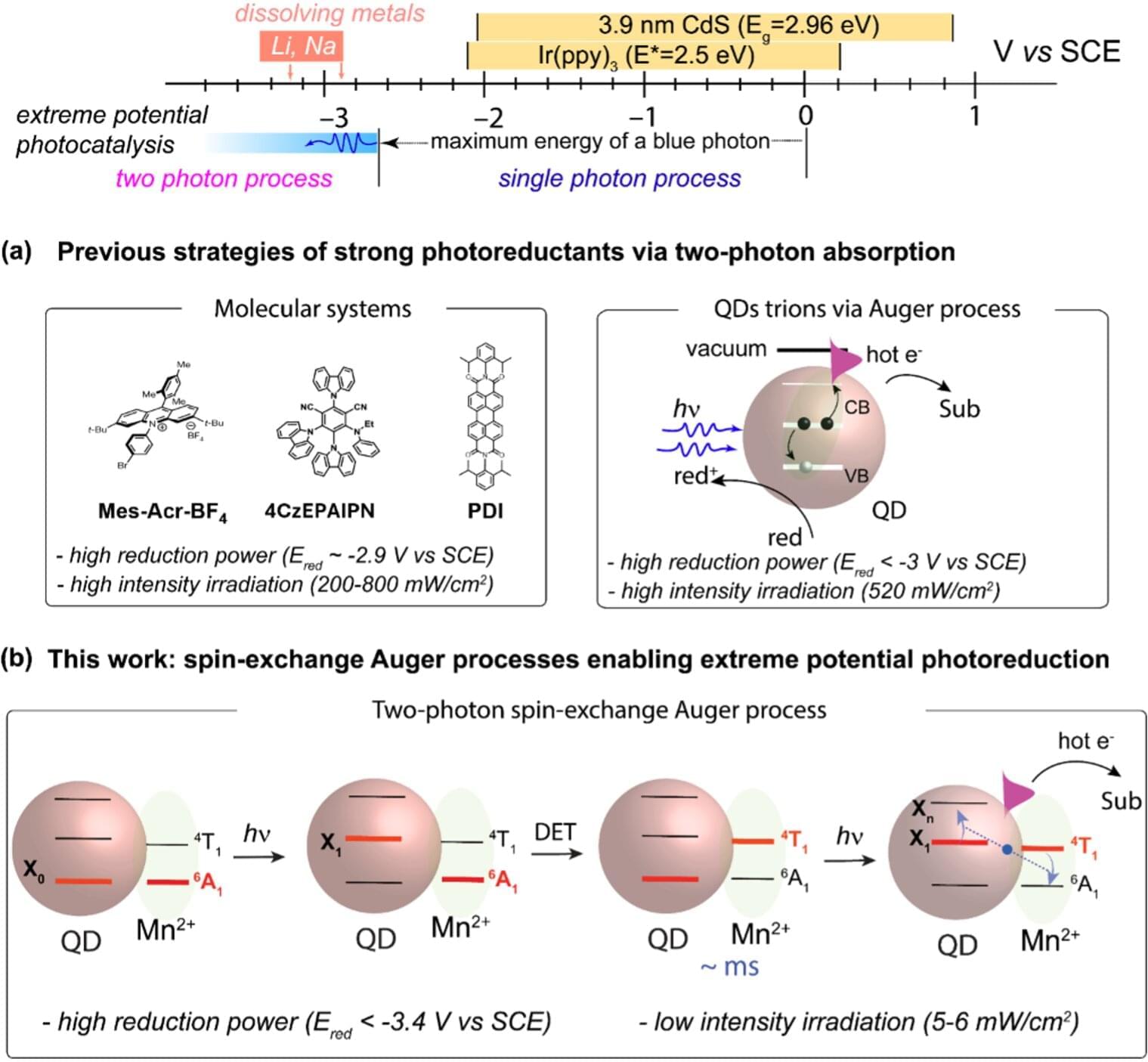
Chemists at the School of Science of the Hong Kong University of Science and Technology (HKUST) have recently made significant progress in photocatalysis by unveiling a “super” photoreductant, marking a major advancement in organic synthesis.
Quantum dots (QDs) hold great promise as photocatalysts for promoting photoredox chemistry. However, their application in photocatalytic organic transformations has lagged behind that of small molecule photosensitizers due to the limited understanding of their photophysics.
While various studies have explored the generation of hot electrons from QDs as a strategy to enhance photoreduction efficiencies, achieving effective hot-electron generation under mild conditions has posed a significant challenge.
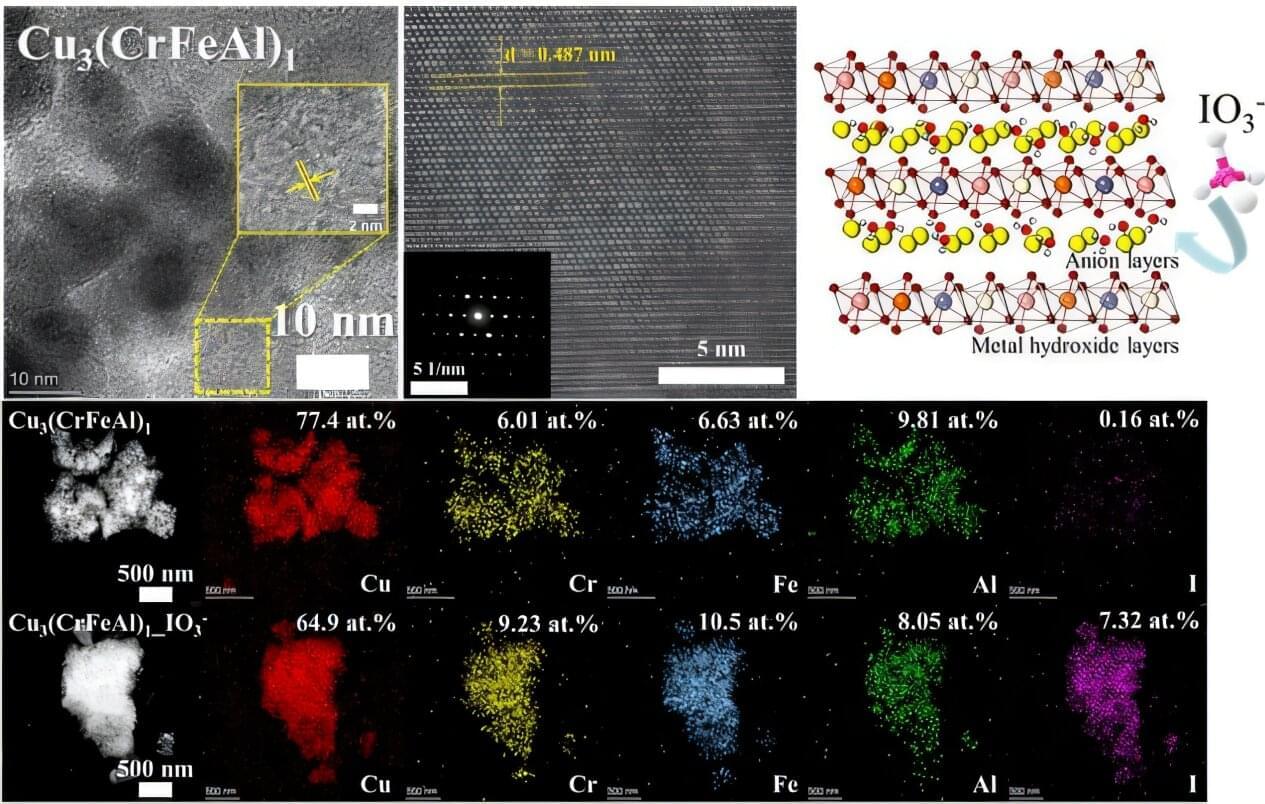
Managing radioactive waste is one of the core challenges in the use of nuclear energy. In particular, radioactive iodine poses serious environmental and health risks due to its long half-life (15.7 million years in the case of I-129), high mobility, and toxicity to living organisms.
A Korean research team has successfully used artificial intelligence to discover a new material that can remove iodine for nuclear environmental remediation. The team plans to push forward with commercialization through various industry–academia collaborations, from iodine-adsorbing powders to contaminated water treatment filters.
Professor Ho Jin Ryu’s research team from the Department of Nuclear and Quantum Engineering, in collaboration with Dr. Juhwan Noh of the Digital Chemistry Research Center at the Korea Research Institute of Chemical Technology, developed a technique using AI to discover new materials that effectively remove radioactive iodine contaminants. Their research is published in the Journal of Hazardous Materials.

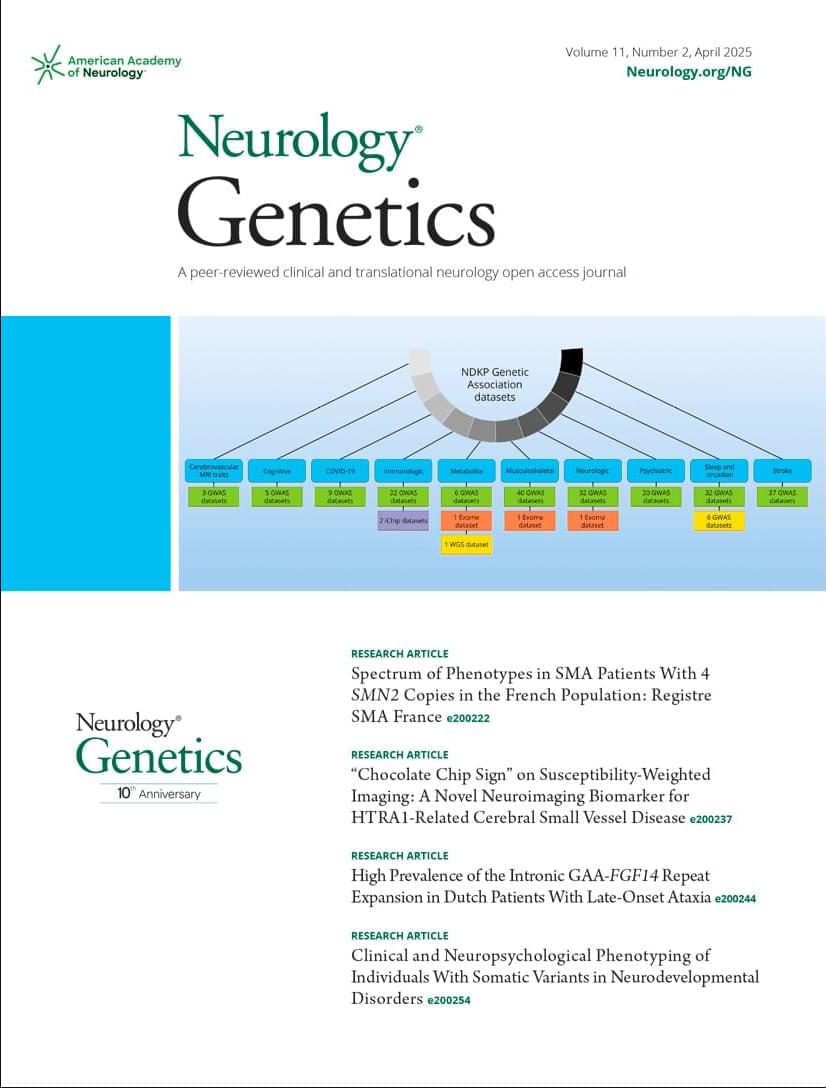
This study found that involvement of the superior cerebellar peduncles is frequent in patients with GAA-FGF14 ataxia (SCA27B)
ObjectivesGAA-FGF14 ataxia (SCA27B) is a recently reported late-onset ataxia caused by a GAA repeat expansion in intron 1 of the FGF14 gene. After the clinical observation of superior cerebellar peduncle (SCP) involvement in some affected patients, we sought to verify the prevalence of this finding in our cohort and 4 additional independent cohorts of patients with SCA27B.
This is a ~1 hour talk by Michael Timothy Bennett (https://michaeltimothybennett.com/) on his ideas around computation and consciousness.
Direct link to the thesis preprint: https://osf.io/preprints/thesiscommons/wehmg_v1?view_only=
YT: https://www.youtube.com/@michaeltimothybennett.
X: https://twitter.com/MiTiBennett

There are no federal laws regulating A.I. but states have enacted dozens of laws that strengthen consumer privacy, ban A.I.-generated child sexual abuse material and outlaw deepfake videos of political candidates. All but a handful of states have some laws regulating artificial intelligence in place. It is an area of deep interest: All 50 have introduced bills in the past year tied to the issue.
The Senate’s provision, introduced in the Senate by Senator Ted Cruz, Republican of Texas, sparked intense criticism by state attorneys general, child safety groups and consumer advocates who warned the amendment would give A.I. companies a clear runway to develop unproven and potentially dangerous technologies.
Demis Hassabis, CEO of Google’s AI research organization DeepMind, appeared to suggest Tuesday evening that Veo 3, Google’s latest video-generating model, could potentially be used for video games.
In response to a post on X beseeching Google to “Let me play a video game of my veo 3 videos already,” and asking, “playable world models wen?” Hassabis responded, “now wouldn’t that be something.”
On Wednesday morning, Logan Kilpatrick, lead product for Google’s AI Studio and Gemini API, chimed in with a reply: “🤐🤐🤐🤐”
